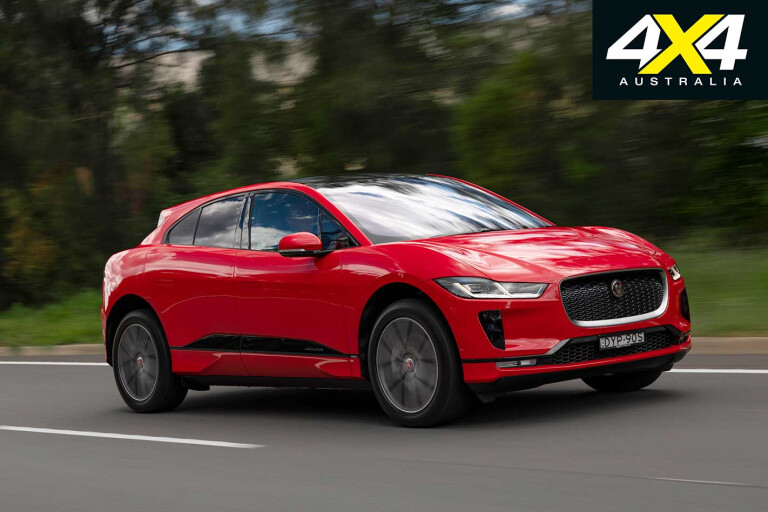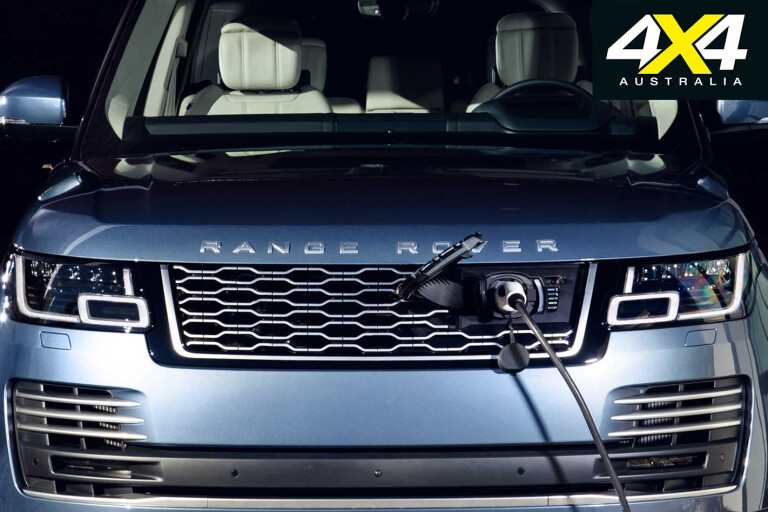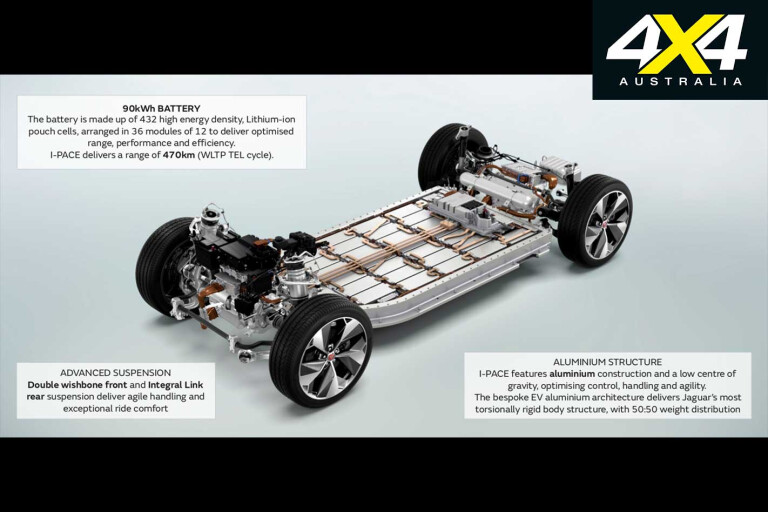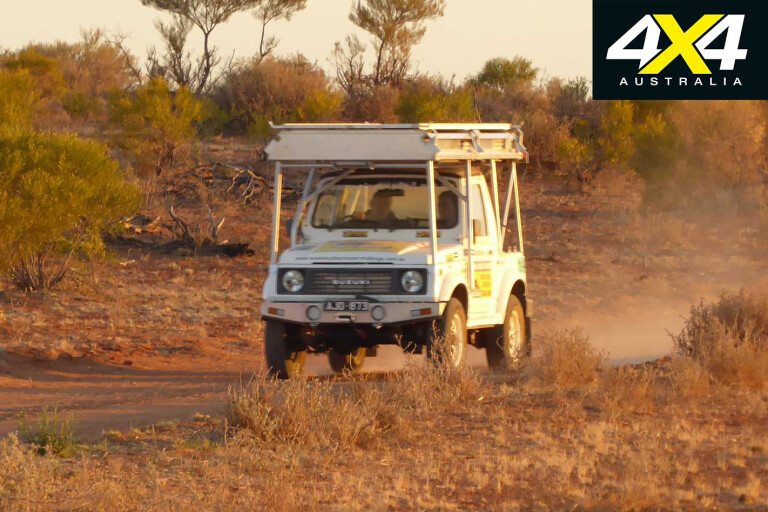
I drove the future the other day. Well, at least one company’s vision of it. The vehicle was Jaguar’s all-new, all-electric I-Pace, a five-seat all-wheel drive SUV with a whopping great big 90kWh battery that powers two permanent magnetic electric motors claimed to produce a combined 294kW and 696Nm.
According to the worldwide harmonized (sic) light vehicles test procedure (WLTP), which is the global harmonised standard for determining electric range from light-duty vehicles (passenger cars), the I-Pace has a handy 480km range before it needs recharging.

While 480km mightn’t seem like a lot, remember, this is the first electric vehicle from a mainstream vehicle manufacturer with the performance to take on the offerings from Tesla. And when I say performance, I mean performance: with all its torque available from zero revs, the I-Pace accelerates from 0-100km/h in 4.8 seconds. Not bad for a wagon weighing 2133kg.
But what do you do when the battery needs a top-up? Well, there are several charging options, the quickest of which is a 0 to 80 per cent charging time of 40 minutes with a DC 100kW fast charger.
Of course, this is significantly longer than it takes to top up a 4x4 with 200 litres of diesel, but electric-vehicle technology is still in its infancy; and as battery and charging systems improve, not only will vehicle range increase but charging times will also come down.
For those with a bit more time on their side and who mainly use their vehicle for commuting rather than big trips away, the I-Pace can be charged from 0 to 80 per cent in 10 hours using an AC 7kW charger, which is three times faster than using a domestic power outlet.

To make this charging option a reality, Jaguar has teamed up with JET Charge to offer a 7kW Delta AC Mini Plus single outlet wall box, installed in an off-street parking area, from $2280.
As for running costs, charging an I-Pace at a rate of $0.30c per kWh will cost $5.70 for every 100km driven which, according to Jaguar, will result in a saving of up to a $1500 per year compared to a conventional ICE-powered SUV of the same size.
Unless you’ve been living under a rock, you’ll know Jaguar falls under the Jaguar Land Rover Limited umbrella, owned by Indian automotive company Tata Motors, so the technology packed into the I-Pace will no doubt soon appear in a vehicle wearing a Range Rover badge, and will then likely filter down the range into various Land Rover models.

And thanks to the clever design of the I-Pace, this should present very few challenges for JLR; think of a flat aluminium structure housing a battery pack with the wheels located at each corner that looks similar to a skateboard, on top of which sits the I-Pace’s sleek body.
As well as being able to easily adapt this platform to various bodies (a bit like an old-school separate chassis 4x4), there are several packaging advantages by having the wheels at the far extremities of the vehicle and no engine up front, including a cab-forward design allowing for a large interior, and a flat floor thanks to the lack of gearbox, transfer case or longitudinal driveshafts.
And with the battery pack accounting for 60 per cent of the vehicle’s overall weight, the centre of gravity is very low, which aids on-road handling no end and would, in the case of a 4x4, be beneficial off-road.

The big challenge for JLR, and any other 4x4 manufacturer that heads down the all-electric route, is charging in remote areas. The I-Pace has a Type 2 AC and CCS Combo Type 2 DC charging input, which makes it compatible with public charging networks including Chargefox’s ultra-rapid network, Queensland Electric Highway and NRMA’s destination chargers, of which there are currently only around 150 charging locations nationwide. This network will undoubtedly grow quite rapidly, but you’ll still never find a fast charger in the middle of the Simpson Desert. Lucky there’s plenty of sun then, eh?
Just over a year ago, Mark and Denny French completed the first ever solar-powered vehicle crossing of the Simpson Desert, in just four days and 21 hours. They were closely followed by Alan and Barb Johnson.

Both teams set-up huge solar arrays to recharge the batteries in their lightweight Suzuki Sierras, and they essentially proved remote-area travel using only power from the sun is possible, albeit a long way from being convenient or commercially viable.
Another possible future vehicle technology, which has been under development for quite some time, is the hydrogen fuel cell, which converts hydrogen into electricity and emits nothing but water from the exhaust pipe.
I drove an experimental Nissan X-Trail equipped this technology about 15 years ago, and Hyundai has recently commercialised this technology with a vehicle called the Nexo, with a claimed 800km range. Of course, this tech requires the development of a hydrogen refuelling network, but, hey, when Henry Ford introduced the Model T in 1908 there weren’t a lot of service stations around.

Whatever ends up powering 4x4s of the future, after driving the impressive Jaguar I-Pace, I reckon we’re in for a treat.

COMMENTS